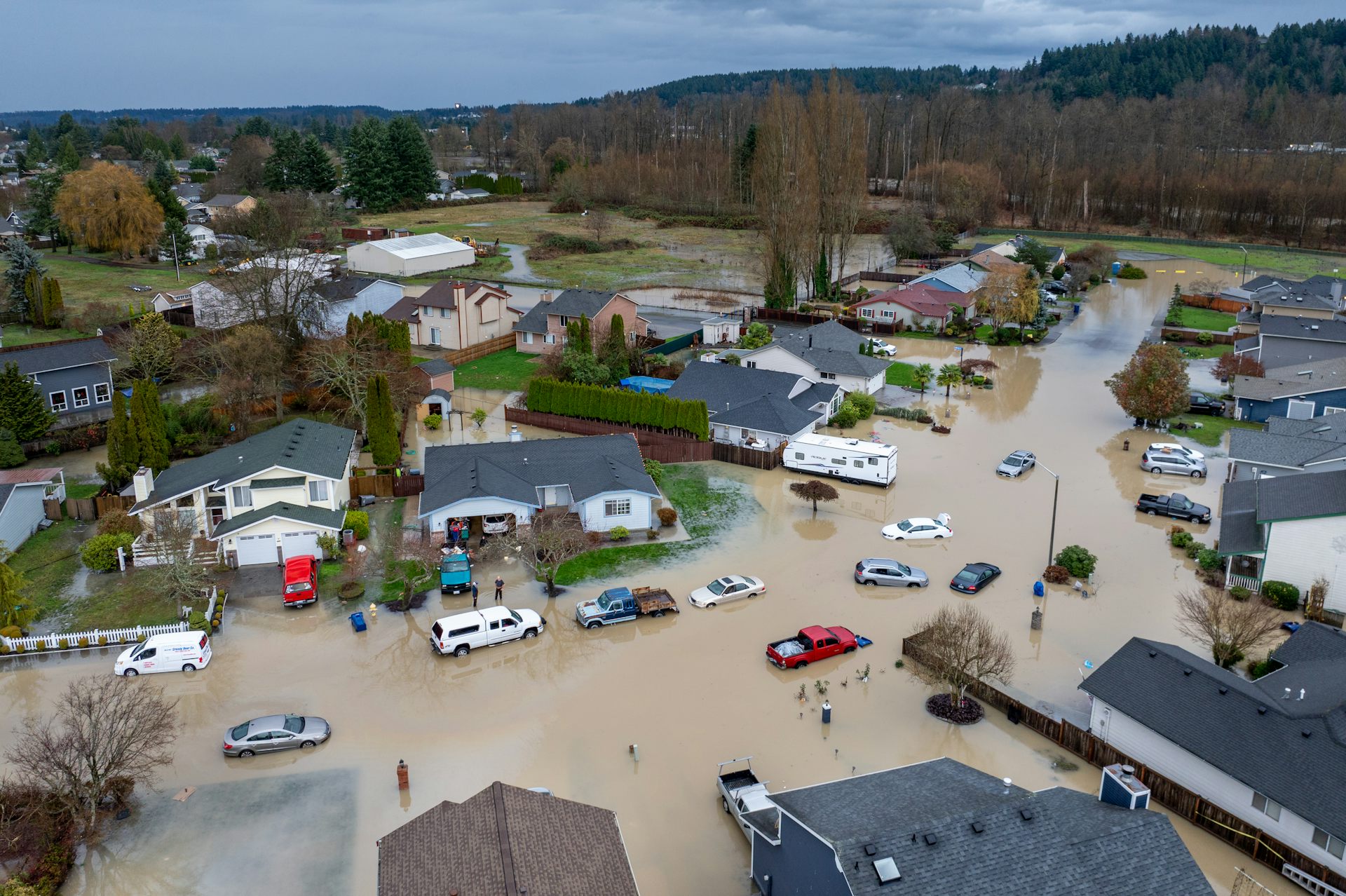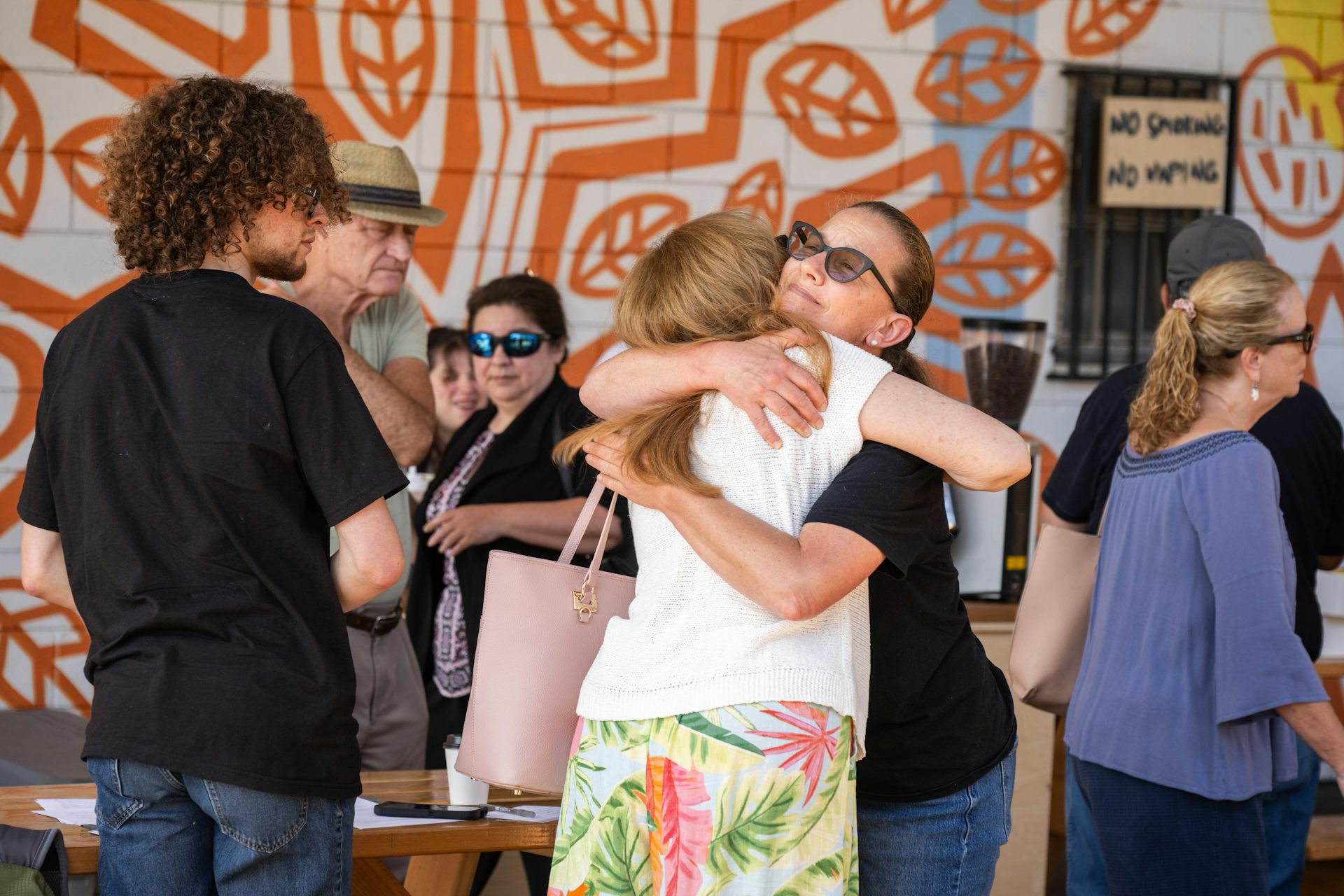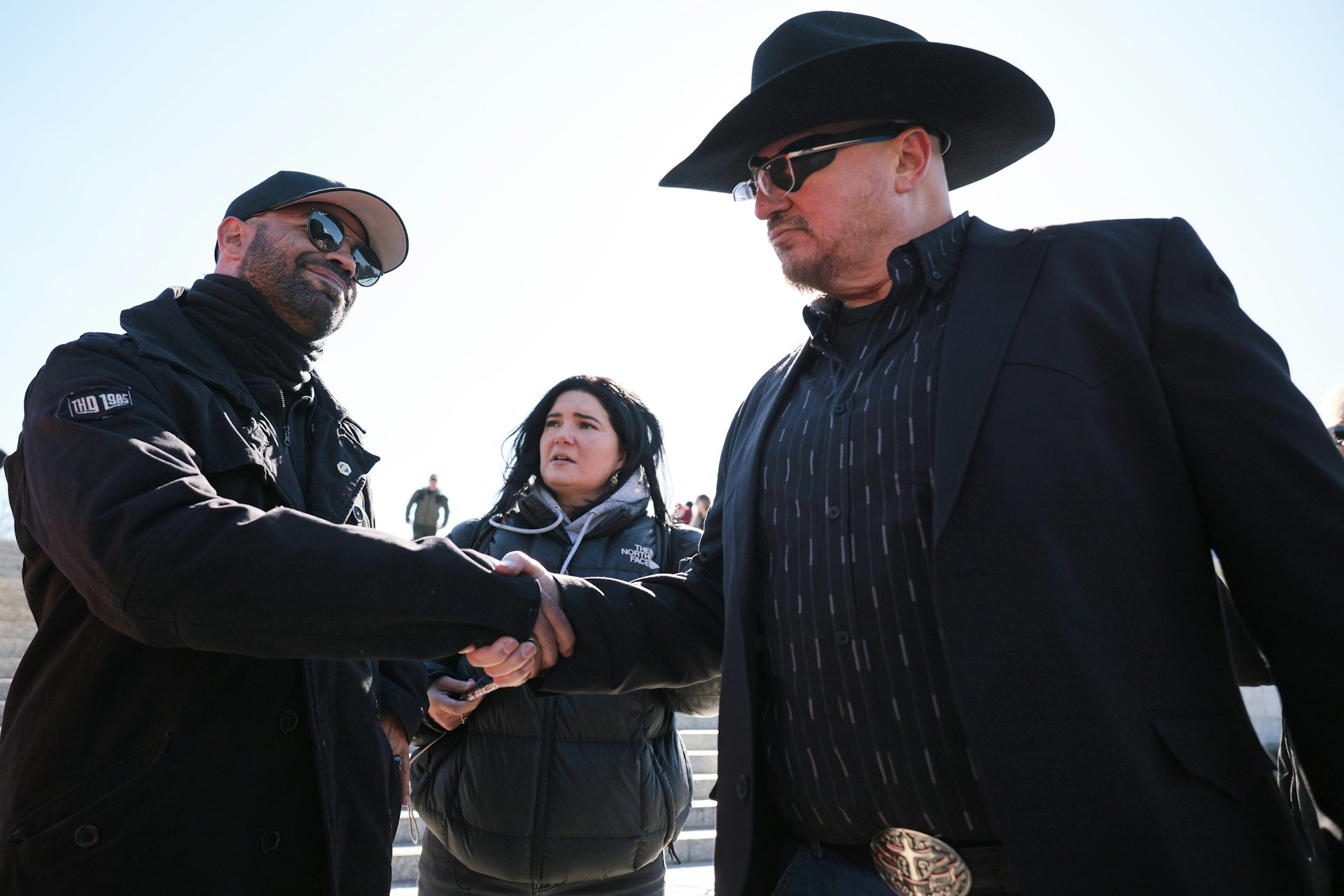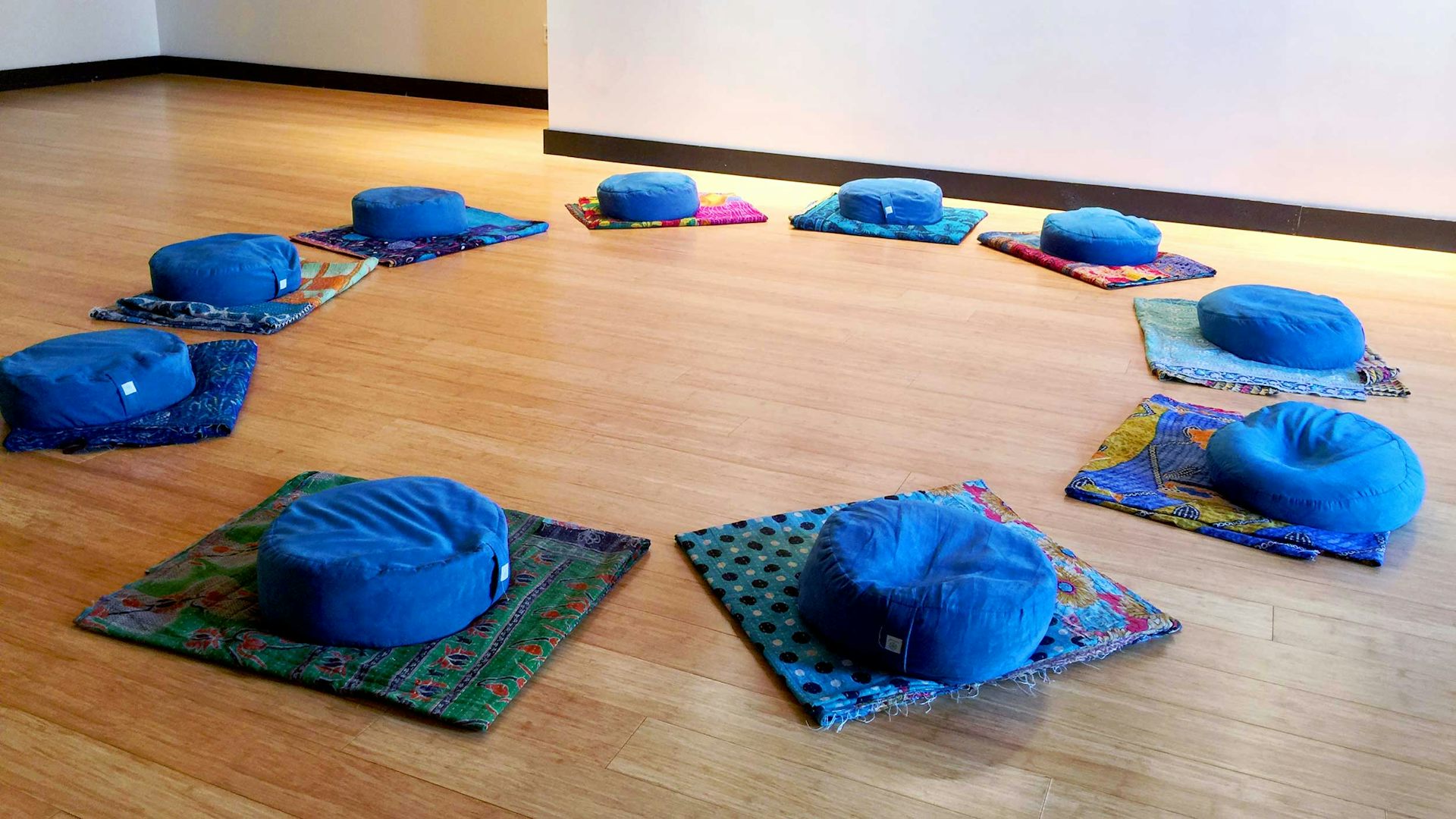Yellowstone has been a ‘sacred wonderland’ of spiritual power and religious activity for centuries –
Native American groups were aware of the region’s dramatic features. Since the national park’s creation, other faiths have also been inspired by its beauty, from Christians to New Age groups.
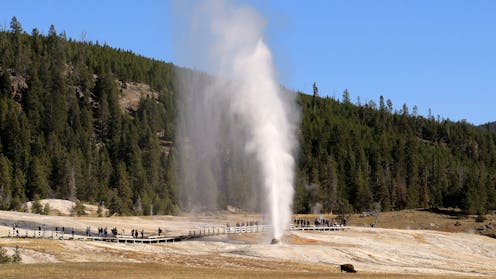
Nearly 5 million travelers come to Wyoming to visit Yellowstone National Park each year, most in the summer months. They come for the geysers, wildlife, scenery and recreational activities such as hiking, fishing and photography.
However, few realize that religion has been part of Yellowstone’s appeal throughout the park’s history. My 2025 book “Sacred Wonderland” documents how people have long found holiness in Yellowstone: how a landscape once sacred to Native Americans later inspired Christians and New Age communities alike.
Native reverence – and removal
Long before European Americans “discovered” the Yellowstone region in the 19th century, numerous Indigenous peoples were aware of its unique landscape – particularly geysers, hot springs and other hydrothermal wonders. Several tribal groups engaged in devotional practices long before it became a park. These included the Tukudika, or Sheep Eaters, a band of mountain Shoshone. They lived year-round within the boundaries of what would become the national park.
Anthropologists know relatively little about the specific beliefs that Native Americans held about Yellowstone during this era. However, it’s clear most of the Indigenous groups who frequented Yellowstone considered it, as historian Paul Schullery concludes, “a place of spiritual power, of communion with natural forces, a place that inspired reverence.”

After the Civil War, more Euro-Americans entered the region. In 1872, the U.S. government created Yellowstone as the first national park, setting a precedent for others in the United States and around the world.
Yellowstone and other U.S. national parks established in the 19th century were products of manifest destiny: the Christian idea that Americans had a divinely ordained right to expand their country across the continent. The nation’s westward expansion included turning supposedly wild, “uncivilized” areas into parks.
The park system’s creation, though, came at the cost of Indigenous communities. In Yellowstone, the Tukudika were forcibly removed in the 1870s to two reservations in Idaho and Wyoming, as anthropologists Peter Nabokov and Lawrence Loendorf discuss in their book “Restoring a Presence.”
Christian ministry
In addition to the concept of manifest destiny, Christians brought their own religious practices to Yellowstone National Park.
The U.S. Army was responsible for protecting and managing the park from 1886 to 1918. It operated from Fort Yellowstone at Mammoth Hot Springs in the northern part of the park. The last building it erected at the fort was a chapel, which has been in continuous use as a worship space – mostly for Christian groups – since its completion in 1913.

One group that has used the chapel consistently since the 1950s is ACMNP, A Christian Ministry in the National Parks, an evangelical Protestant parachurch ministry founded in Yellowstone. Its volunteers conduct worship services and proselytize among employees and visitors.
ACMNP began as the brainchild of Presbyterian minister Warren Ost, who had worked as a bellhop at the Old Faithful Inn during summer breaks in seminary. Upon graduation, he formed the ministry, hoping to capitalize on the awe people experience in the parks to affirm believers’ faith and bring new souls to Christ.
ACMNP’s mission involves placing seminarians and other students in national parks as “worker-witnesses.” They work as paid employees in secular jobs and conduct religious activities after their regular working hours. Additionally, they are encouraged to talk about religion with their fellow workers on the job.
ACMNP experienced rapid growth in the 1950s and 1960s, boosted by support from National Park Service leadership. Cooperation included reduced-cost housing for their volunteers, and in some parks the superintendents or other high-level officials served on local ACMNP committees.
At its peak in the 1970s, ACMNP had nearly 300 volunteers working in over 50 locations. However, a federal lawsuit in the 1990s challenged its relationship with the government on the grounds of church-state separation and ended some of the privileges ACMNP had enjoyed. Not long after the legal action, Ost announced his retirement.
Although the organization has scaled back operations, the ministry in Yellowstone has experienced few changes. ACMNP volunteers continue to offer religious services to park employees and visitors throughout the summer.
Spiritual fortress
Another religious group has a very different interpretation of Yellowstone. The Church Universal and Triumphant, which had several thousand members at its height, was founded by Elizabeth Clare Prophet in the 1970s, based on the teachings of her late husband, Mark Prophet.
The Church Universal and Triumphant is an heir to the “I AM” movement, which flourished in the U.S. during the 1930s. Most prominent among I AM’s influences were theosophy, which promotes esoteric knowledge gleaned from Asian religious traditions as a universal wisdom underlying all religions; new thought, which advocates a mind-over-matter spirituality; and spiritualism, which involves communicating with spirits.
In the 1980s, Prophet’s followers relocated from California to Montana, where they purchased a large ranch adjacent to Yellowstone National Park’s northwest boundary. With them, they brought an eclectic New Age theology that combines elements of Christianity, Buddhism and Hinduism with belief in “ascended masters,” spiritual beings who guide the church. The group’s tradition teaches that beneath Yellowstone are two underground caverns, hidden from human view, that contain a cache of sacred stones with spiritual powers.
The Church Universal and Triumphant gained attention in the ‘90s when its believers in Montana built underground bunkers. Members believed that their ascended masters had predicted a nuclear war and had instructed the community to prepare to survive underground. When the prophecy of a nuclear attack did not materialize, many members became disillusioned.
The group struggled to rebuild its reputation and establish goodwill with Montana neighbors, including the National Park Service. Elizabeth Clare Prophet retired in 1999, and since then the church has concentrated more on its publishing and educational enterprises. However, a core community of the faithful still live and worship on their Royal Teton Ranch adjacent to Yellowstone.

Although the community teaches that its Montana ranch is a sacred location of the ascended masters, followers’ holiest place in the Western Hemisphere is roughly 35 miles south of Yellowstone, in Grand Teton National Park. They believe humanity began at Grand Teton Mountain and that the faithful will find their destiny there.
Accordingly, members believe that Yellowstone and Grand Teton national parks are brimming with spiritual powers, sacred sources of light and energy for the entire world.
In my conversations with people in the park, I found that very few knew anything about Yellowstone’s religious history at all – especially Native American practices. The ongoing practices of religious communities in the park remain invisible to nearly all visitors. Still, many vacationers interpret Yellowstone’s wonders as evidence of God’s handiwork.
Thomas S. Bremer received funding in the past to conduct historical research for the National Park Service at Lincoln Home National Historic Site in Springfield, Illinois.
Read These Next
West Coast levee failures show growing risks from America’s aging flood defenses
Levees protect more than 7 million buildings in the US today, yet they got a D-plus grade in 2025. A…
LA fires showed how much neighborliness matters for wildfire safety – schools can do much more to te
Managing fire risk is about more than regulations and rules. It’s also about caring for neighbors…
The ‘sacred’ pledge that will power the relaunch of far-right militia Oath Keepers
Founder Stewart Rhodes says he will relaunch the group, serving as an important outlet for thousands…


